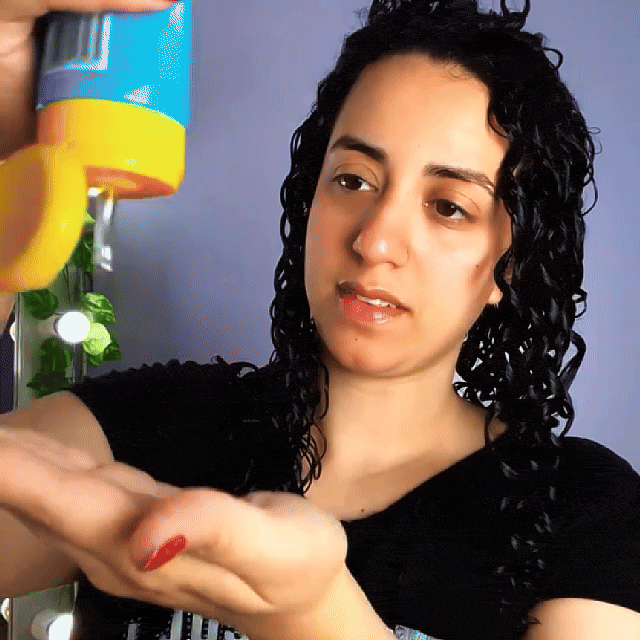curly, Tips and tricks, wavy
Can Hair Gel Cause Hair Loss?4 sneaky ways it might be causing hair loss
If you use gel daily and worry it’s causing shedding—here’s the science (and how to style safely).
“If you’re using hair gel every day and wondering, Can Hair Gel Cause Hair Loss? …keep reading—you might be surprised!”
Gel Today, Gone Tomorrow? Let’s Find Out!
We all love the slick, defined, voluminous look a good gel gives—especially for curls and waves. But somewhere between scrunching and smoothing, a worry creeps in: Can hair gel cause hair loss?
You’ve probably seen TikToks or heard that gel clogs your scalp and kills follicles. The truth? It’s not that simple—and the science might surprise you.
What Hair Gel Actually Does to Your Hair and Scalp
Before we blame styling products, let’s look at what’s in gel and how it behaves.
Common Gel Components
- Polymers — form a “cast” to hold style.
- Water — the base.
- Alcohols — some drying, some not.
- Preservatives & fragrance
Gels mostly sit on top of the hair shaft and harden to hold shape. They don’t deeply penetrate hair or scalp like oils/conditioners do.
So… can hair gel cause hair loss directly? No. Gel doesn’t reach the hair root (follicle), where growth and true loss begin.
But that’s not a green light to layer five coats without care. Here’s where problems can creep in—indirectly.
Can Hair Gel Cause Hair Loss? 4 Indirect Ways It Might
1) Not Washing Properly
Daily gel use without thorough cleansing can cause buildup (product + dead skin + sweat). This may clog follicles and lead to:
- Scalp inflammation
- Itchiness and flaking
- A poor growth environment
Tip: Clarify once a week if you’re a heavy gel user, and wash the scalp thoroughly.
2) Over-Styling & Rough Handling
Brushing crispy, set gel or constantly slicking tight buns/ponytails increases scalp tension and breakage—risking traction alopecia over time.
Tip: Use gentle styles, rotate your part, and avoid forcefully brushing gelled hair.
3) Drying Alcohols
Some gels use ethanol, isopropyl alcohol, or SD alcohol 40. These can dry scalp and strands—irritation may trigger temporary shedding; dryness increases breakage.
Tip: Choose alcohol-free gels or formulas with moisturizing agents (e.g., aloe, flaxseed).
4) Allergies or Sensitivities
Fragrance or certain preservatives can irritate sensitive scalps. Ongoing irritation means inflammation around follicles—another indirect shedding risk.
Tip: Patch test on wrist/behind ear before full use.

So… Should You Stop Using Gel?
Not at all! Gel isn’t the enemy—it’s like chocolate: amazing in moderation, meh in overload. Used right (and with the right formula), you can style safely.
How to Use Gel Without Compromising Hair Health
- Choose smart: Pick gels for your hair type; avoid drying alcohols and heavy synthetic fragrance if you’re sensitive.
- Wash regularly: Don’t let buildup linger. Use a sulfate-free shampoo; add a weekly deep cleanse if you’re heavy-handed.
- Handle gently: Don’t comb dry, gelled hair. Style when wet; use hands or a wide-tooth comb.
- Scalp care: Massage a few times a week. Use lightweight scalp serums between styling days.
What If You’re Already Seeing Hair Fall?
Don’t panic—stress can make shedding worse. Try this first:
- Clarify your scalp.
- Take a break from tight styles and heavy product layers.
- Check your gel’s ingredient list.
- Loosen tension (avoid tight slick-backs for a while).
If shedding continues for 3+ months, consult a dermatologist or trichologist. Causes may be hormonal, nutritional, or stress-related—not the gel.
Bottom Line: Can Hair Gel Cause Hair Loss?
Gel itself does not directly cause hair loss. But how you use it—and what else you do (or don’t do)—can contribute indirectly via buildup, irritation, tension, or breakage. Use the right formula, cleanse well, and be gentle.
